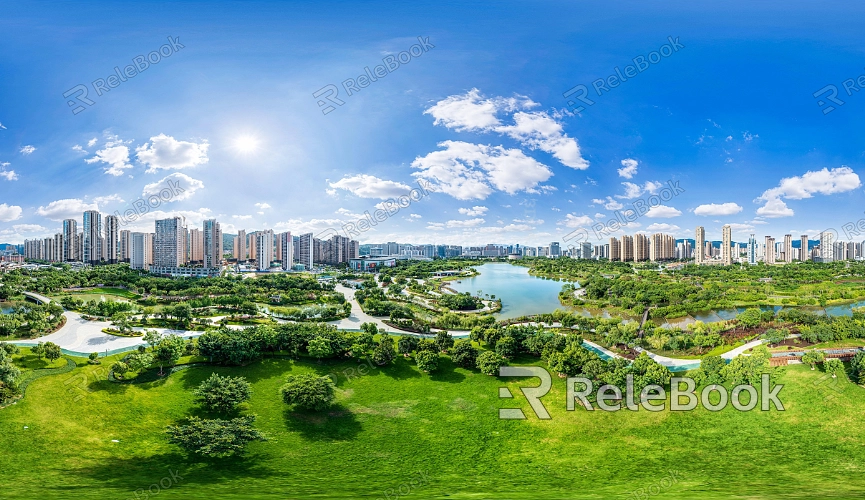What is HDR Rendering
HDR rendering has become an essential tool in the world of 3D modeling and rendering, enhancing the realism and detail of scenes in architectural visualization, product design, and character animation. In this article, we will explore the basic concepts of HDR rendering, its common applications, and how to effectively integrate this technique into your 3D projects.

1. The Basics of HDR Rendering
Understanding Dynamic Range
HDR (High Dynamic Range) rendering expands the dynamic range of an image, incorporating more light information into the final render. Traditional images typically capture only a limited range of brightness and darkness in a scene, while HDR rendering can display a broader spectrum of light, from the brightest highlights to the deepest shadows, making all details clearly visible.
Characteristics of HDR Images
HDR images are usually saved in formats like .exr or .hdr, which can store more light data than traditional image formats. This allows for greater flexibility in post-processing, enabling you to adjust brightness and contrast without losing detail.
2. Applications of HDR Rendering
Architectural Visualization
In architectural visualization, HDR rendering can simulate realistic sunlight and interior lighting, making the architectural model appear closer to its real-world environment. By using HDR images as environment maps, you can create natural and even lighting across the scene, helping designers more accurately convey their design intent.
Product Design
For product design, HDR rendering showcases how a product appears under various lighting conditions, especially on smooth surfaces and complex materials. By utilizing HDR rendering, designers can capture fine details in reflections and refractions, making the product’s appearance more vivid and lifelike.
Character Animation
In character animation, HDR rendering adds realistic lighting effects to characters, particularly in outdoor scenes. Using HDR images, the skin, clothing, and accessories of characters can be rendered with nuanced texture and depth under different lighting conditions.

3. Implementing HDR Rendering in 3D Software
Importing HDR Images
In 3D software like Blender or 3ds Max, you can implement HDR rendering by importing HDR images as environment textures. The process is typically straightforward: in the “World” or “Environment” settings, select the “Environment Texture” option and load the HDR image file. Ensure that the selected HDR image has sufficient resolution to achieve optimal results.
Adjusting Light Intensity and Direction
HDR rendering isn’t just about importing an image; it also requires adjusting the intensity and direction of the lighting. By tweaking the “Strength” parameter, you can control the intensity of the environment light, while the “Mapping” node allows you to change the orientation of the HDR image to achieve the desired lighting effects.
Combining with Other Light Sources
While HDR images can provide panoramic lighting, additional light sources may still be necessary in certain scenes. For example, adding spotlights to key areas of a character or product can enhance detail and add depth to the composition.
4. Optimizing HDR Rendering Settings
Increasing Sample Count
To achieve a clearer image, increasing the sample count in your render settings is essential. A higher sample count reduces noise in the image, making HDR details sharper. However, keep in mind that higher sampling can also increase rendering time, so it’s important to balance quality and efficiency.
Using Denoisers
Noise is a common issue in HDR rendering. To address this, you can use built-in denoisers like OptiX or OpenImageDenoise in Blender. These tools effectively reduce noise while maintaining image quality, resulting in a cleaner final render.
Testing and Tweaking
Conducting multiple tests and adjustments before the final render is crucial. Using real-time preview features, you can observe the effects of lighting and materials and make fine-tuned adjustments as needed. This step helps you identify potential issues and ensures the final result meets your expectations.
By correctly understanding and applying HDR rendering techniques, you can significantly enhance the quality of your 3D projects, bringing them closer to the realistic lighting found in the real world. Whether in architectural visualization, product design, or character animation, HDR rendering is an indispensable tool. For those looking to elevate their work further, Relebook offers a wealth of HDR image resources and other 3D assets to help you achieve your best results.

